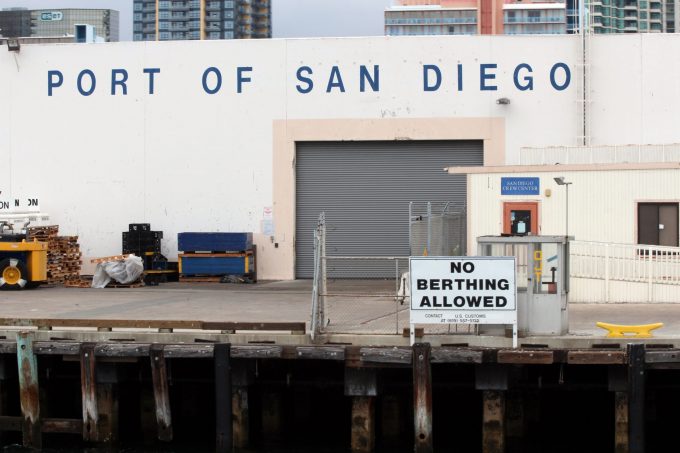Comment: supply chain data isn't flawed, it's how you're using it
“Over the next two years, more than 25% of critical data in Fortune 1,000 companies ...

The five largest ports in California have teamed up to open data silos to enable better flow of data between industry stakeholders.
With support from the state government, Los Angeles, Long Beach, Oakland, San Diego and Port Hueneme have signed an MoU for a California Port ...
Predatory rivals circle as the ripples from DSV's Schenker buy widen
MSC Elsa crew face criminal probe, as Wan Hai 503 firefighters battle on
Latest Israeli attack on Iran a threat to box ships in Straits of Hormuz
Industry concerns rise after yet another box ship on fire off Indian coast
'It's driving us mad', say forwarders as US court fails to end tariff turmoil
European port congestion easing – for now
More legal trouble in India for MSC: feeder vessel detained after box ship disasters
DHL Express facilities in Canada forced to shut down by strike

Comment on this article